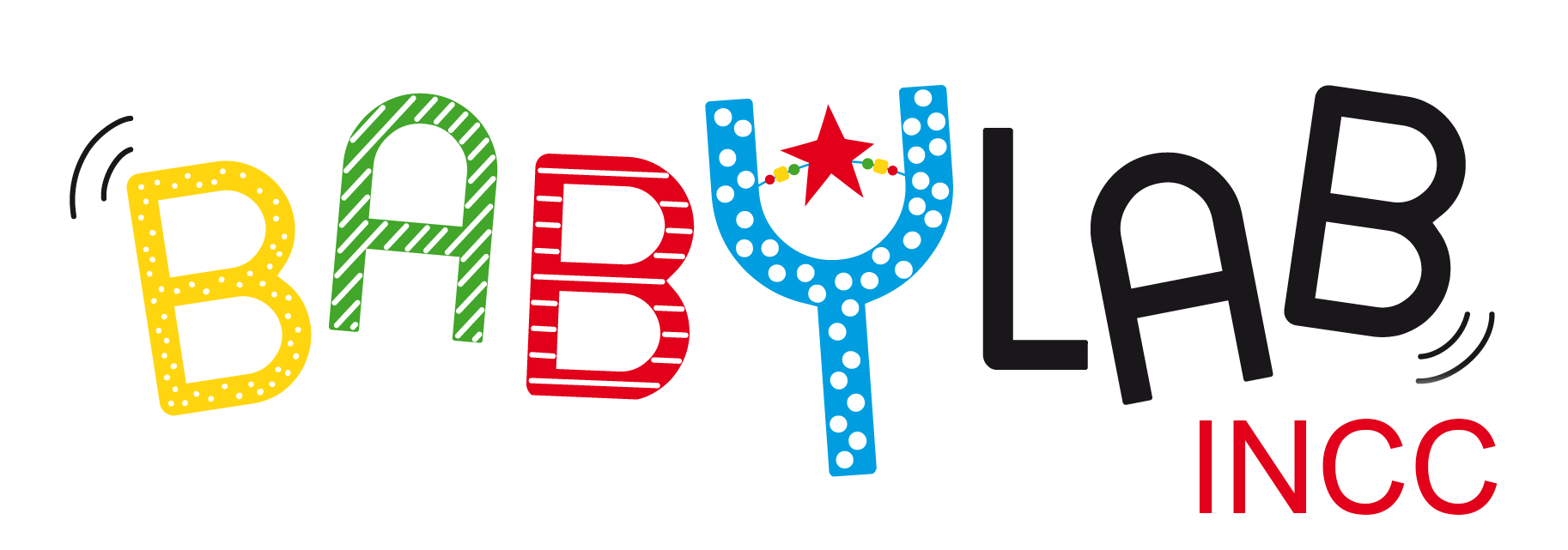Role of visual information in speech perception/production development
We explored how visual information aids the early acquisition of linguistic sound patterns. First, we explored infants’ sensitivity to visual speech information that is visible in a talking face. Development in infants’ own motor movements (sucking, babbling…) was found to correlate with the way these visual articulations are perceived. Second, we showed that infants can use the presence of a salient visual cue when hearing speech sounds in the learning/categorization of speech sounds. In sum, visual information relevant to speech learning comes from both face-to-face interactions, and from seeing objects labeled/discussed in everyday situations. Infants use these two types of cues to learn about speech perception and production.


